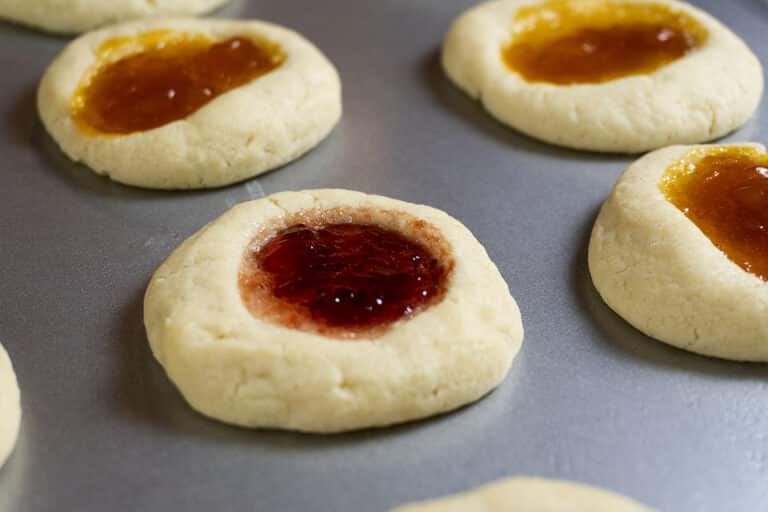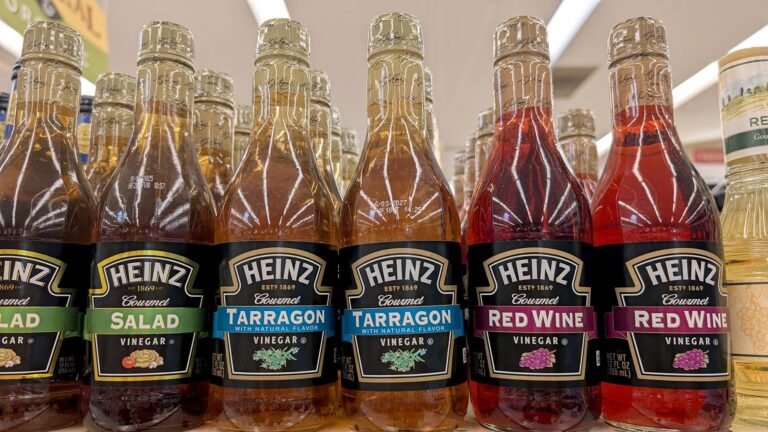How to Clean Strawberries and Keep Them Fresh Longer
There’s nothing worse than opening a fresh carton of strawberries only to find mold setting in after just a day or two.
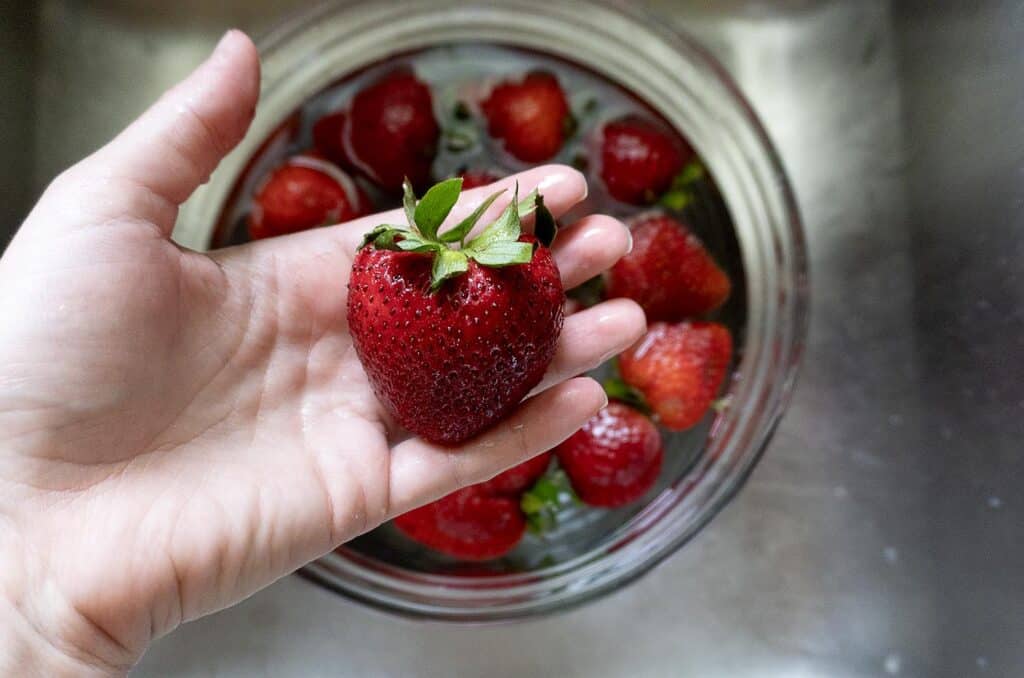
If you want your berries to stay fresh longer, learning how to clean strawberries the right way is essential. Not only can it help them last up to a week in the fridge, but it also makes them safer to eat and reduces waste.
This guide covers everything you need to know, from washing methods to storage tips. Whether you’re prepping a snack, making a dessert, or stocking up for the week, these techniques will help your strawberries stay firm and ready to eat.
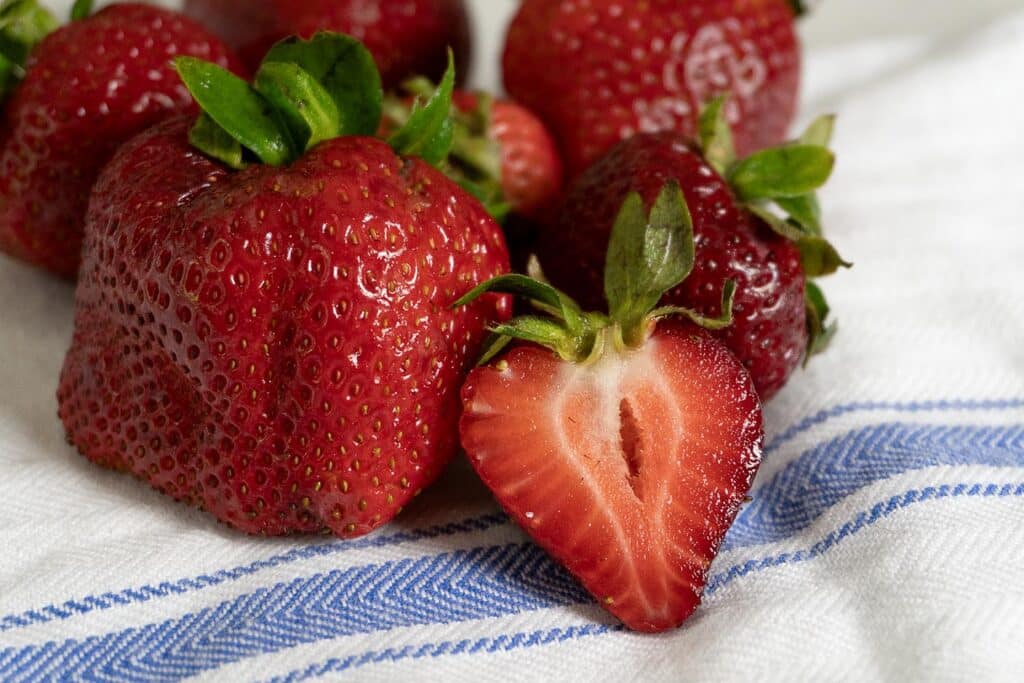
Why You Should Clean Strawberries Before Storing
Strawberries often come home from the store carrying dirt, bacteria, or mold spores. If you store them without cleaning, those contaminants can spread quickly and shorten the life of the whole batch. Cleaning also gives you a chance to sort out any soft or spoiled berries that might otherwise ruin the rest.
Contrary to popular belief, cleaning strawberries doesn’t always make them spoil faster. When done correctly, washing and thoroughly drying strawberries can actually help them stay fresh longer than unwashed berries.
How to Properly Clean Strawberries
While many people use cold water to wash strawberries, warm water might be a better choice. A quick dip in warm water can help reduce mold and bacteria that cause spoilage.
Studies have shown that soaking strawberries in water heated to about 125°F for 30 seconds helps keep them fresher. This temperature is high enough to kill most surface microbes, but gentle enough not to harm the berries. It turns out strawberries can handle this brief heat, likely because they’re used to warm conditions while growing outdoors.
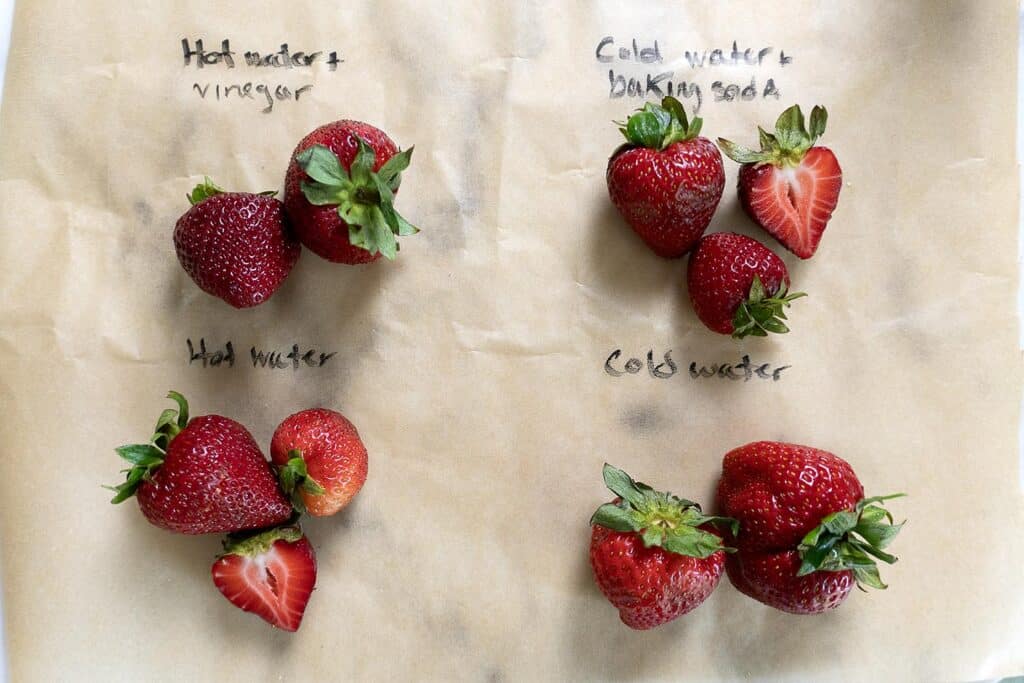
You can try this at home by testing different methods. Wash one batch in cold water, another in hot tap water (around 109°F), and one in precisely heated water at 125°F. Leave a fourth batch unwashed for comparison. Soak each batch for 30 seconds, then drain and dry them well using paper towels or a salad spinner. Store them in the fridge inside a container with a dry paper towel at the bottom.
After several days, you’ll probably notice that the warm water batches stay mold-free longer. The results between 109°F and 125°F may be close, so your hot tap water might be enough.
It does take a bit more effort, but using warm water can help your strawberries last an extra few days. If your goal is to keep them fresh as long as possible, it’s worth trying.
How to Wash Strawberries with Baking Soda
Using baking soda is a safe and effective way to clean strawberries naturally. It removes dirt and pesticide residue without leaving any taste behind.
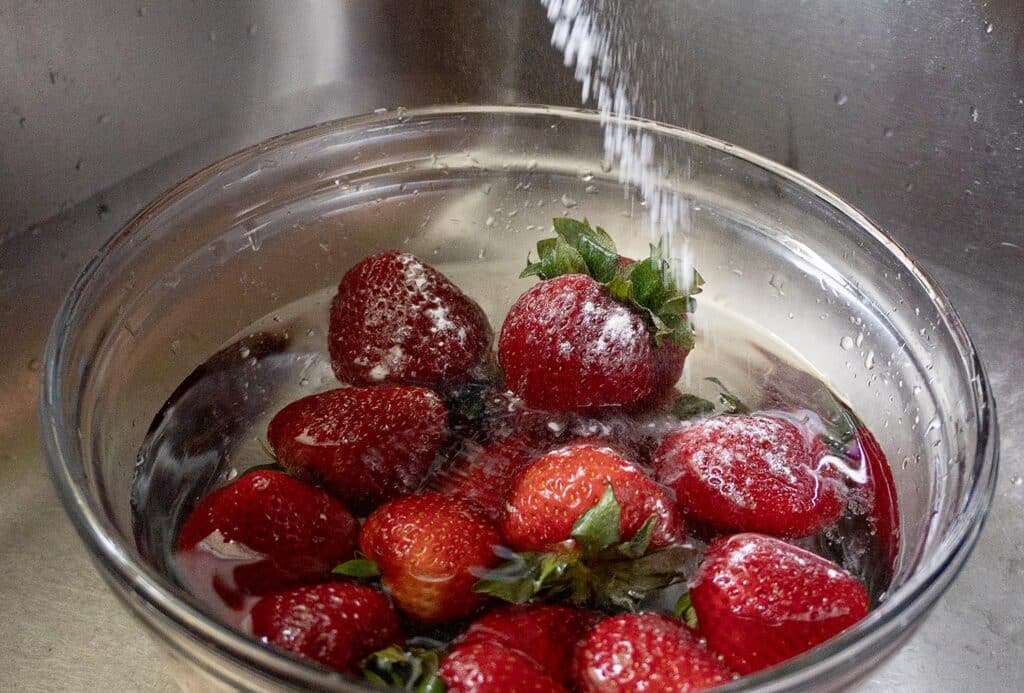
- Place the strawberries in a large bowl.
- Add 4 cups of cold water and 1 teaspoon of baking soda.
- Let them soak for 5 minutes.
- Rinse well under cold running water.
- Dry thoroughly with towels before storing.
How to Clean Strawberries with Vinegar
Vinegar is a powerful tool against mold and bacteria. This method can extend your strawberries’ shelf life by several days.
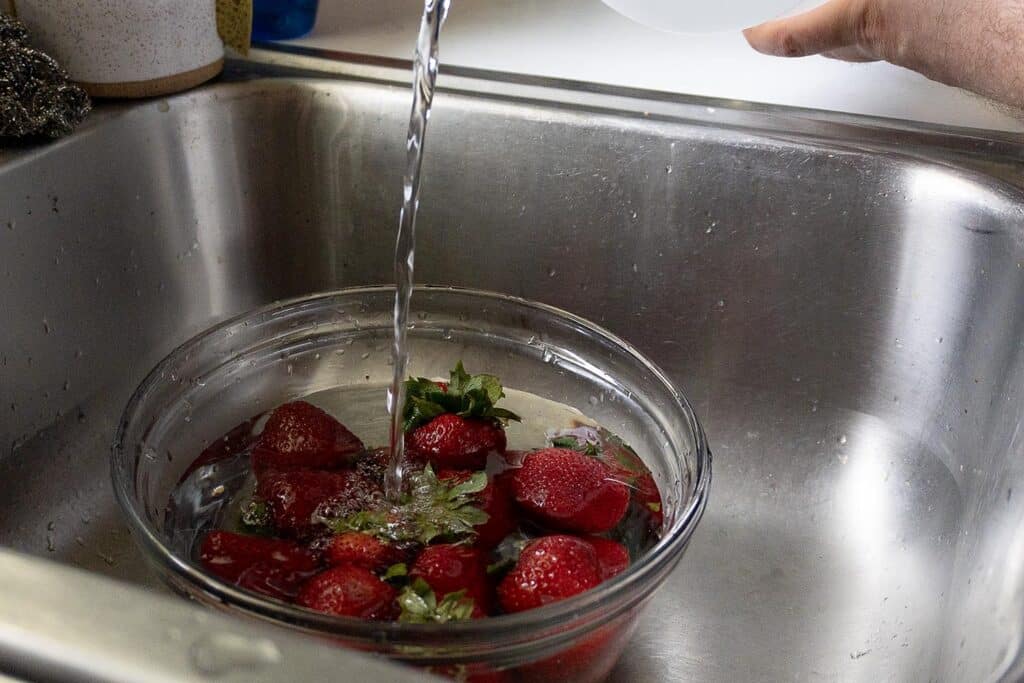
- Mix 1 cup of white vinegar with 3 cups of cold water in a large bowl.
- Add the strawberries and let them soak for 2 to 5 minutes.
- Swish them gently in the solution.
- Rinse well with cold water.
- Dry completely before storing.
Best Storage Tips After Cleaning Strawberries
Proper storage starts with dry berries. After cleaning and drying:
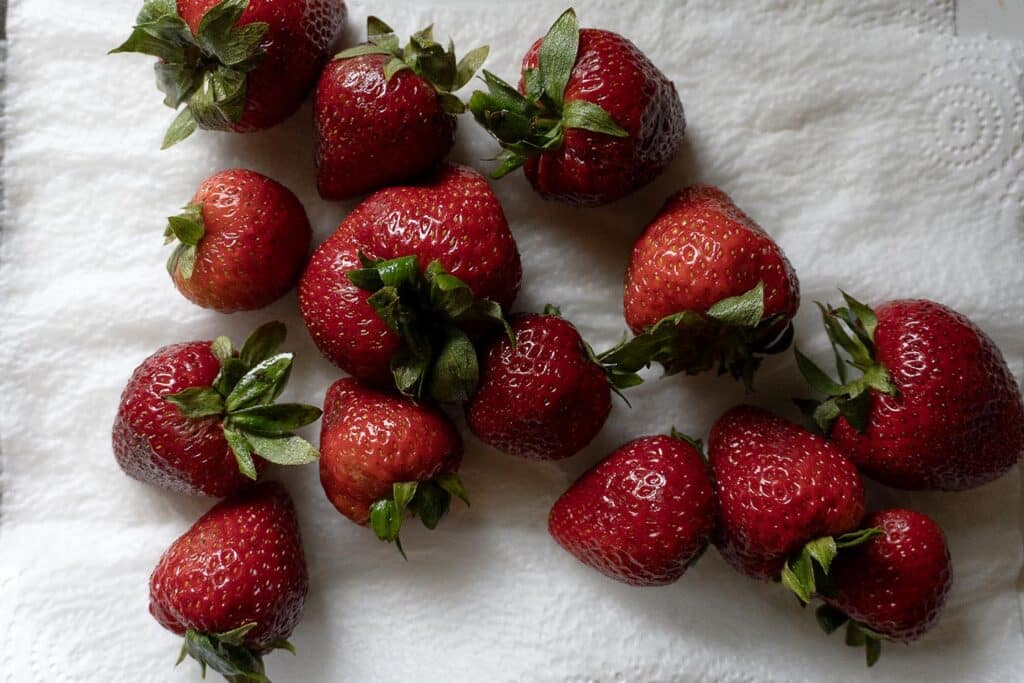
- Use a paper towel to line the bottom of a container.
- Spread the berries in a single layer when possible.
- If stacking is needed, separate layers with additional paper towels.
- Choose a container that allows airflow. Avoid airtight lids.
- Keep the container in the refrigerator at around 34 to 38°F.
- Check daily for signs of spoilage and replace damp paper towels as needed.
Common Mistakes When Washing Strawberries
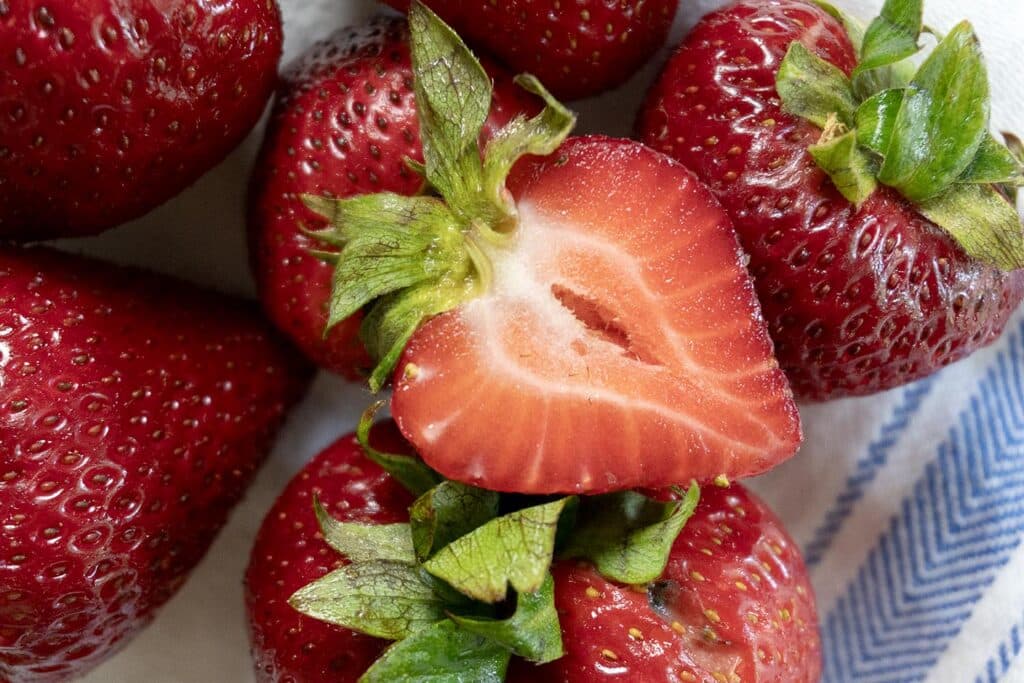
- Using soap or detergent: These are not safe for fruit. Stick to water, vinegar, or baking soda.
- Soaking too long: Over-soaking can cause berries to absorb water and become mushy.
- Removing stems before washing: Keep stems on to prevent water from entering the berry.
- Not drying thoroughly: Moisture is the main cause of mold. Dry every berry before storing.
- Sealing in airtight containers: Lack of airflow encourages mold growth.
- Washing moldy berries with good ones: Always remove any spoiled berries before washing.
How Long Do Washed Strawberries Last in the Fridge?
With proper cleaning and storage, strawberries can last five to seven days in the refrigerator. Using a vinegar rinse can sometimes stretch that to 10 days, depending on how ripe the berries were to start. Always inspect them for signs of spoilage before eating.
Should You Wash Strawberries Before Freezing?
Yes. Cleaning strawberries before freezing helps ensure they’re safe and ready to use later. Here’s how:
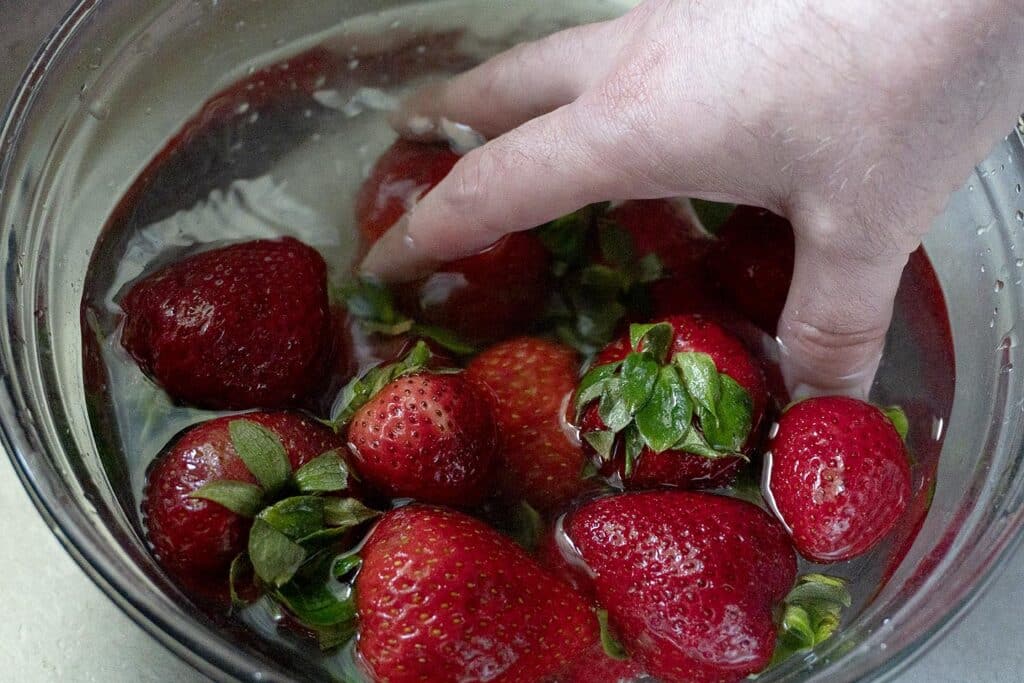
- Wash with water, vinegar, or baking soda.
- Dry completely.
- Remove stems.
- Lay out on a baking sheet and freeze in a single layer.
- Transfer to a freezer bag or container, remove air, and label.
Frozen strawberries are great for smoothies, desserts, or sauces, though they won’t have the same firm texture as fresh.
Final Tips for Keeping Strawberries Fresh Longer
- Choose the freshest berries at the store.
- Clean gently but thoroughly.
- Always dry before storing.
- Use breathable containers with paper towels.
- Inspect regularly and remove any spoiled berries right away.
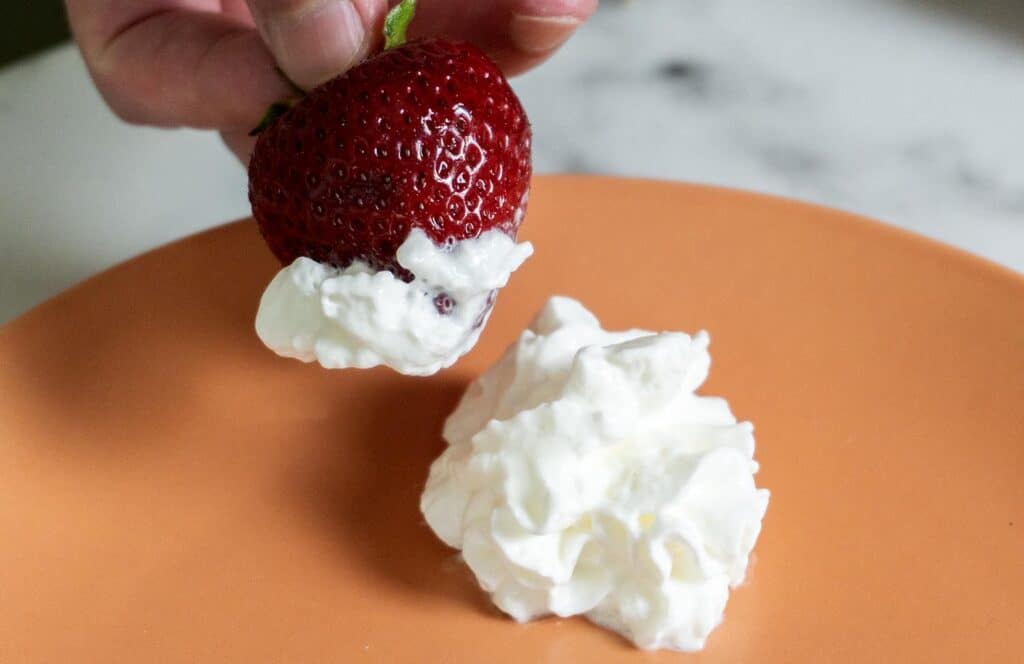
Learning how to properly clean strawberries helps them last longer and taste better. With the right method, your strawberries can stay fresh all week long.



